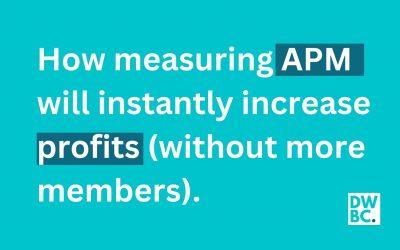And finding the most effective training methods to do just that.
One of the most widely used methodologies of building strength and muscle size is ‘tempo’ training, where you control the speed of various phases of a movement to maximise the strength and muscle building effect. We’ve discussed this strategy before in our content ‘Why Tempo Squats‘.
And it’s a great strategy, but is there a better way…?
First, let’s explore the ‘why’. The research is virtually unanimous in heaping praise on ‘eccentric’ training (sometimes called ‘negatives’). This style of training shows strength gains in excess of 10% over traditional methods, and results in great hypertrophy (muscle growth).
We’ve discussed the shortfalls (but also some of the potential advantages) of training methodologies that avoid the eccentric phase of a movement in ‘Is the Prowler a Good Tool for Strength?‘.
‘Eccentric’ refers to the type of contraction your muscle does as it is lengthening – yielding to gravity. Do a bicep curl. Now lower the weight slowly, fighting gravity as you do. That’s an eccentric contraction. Do a squat, but do the lowering part really slowly. That’s a slow eccentric, and working hard in the eccentric portion of a lift can make you really strong. But there’s a problem.
Modifying the speed of movement is a technique used to help make the eccentric portion more difficult (and therefore more beneficial). But, with squats, whatever goes down, must come up. And so, the slow eccentric contraction is followed by a tough, grindy fight as you try to stand the bar back up. Even though we’re using a slow ‘tempo’ to try to overload the eccentric (lowering) phase, the concentric (lifting) phase is almost always the limiting factor, and is almost always the first thing to fail. And so, we know we’re not overloading the eccentric phase as much as we could, because it’s limited by another part of the squat.
To solve this problem and unlock the true strength benefits of eccentric training, we need to find a way to overload the eccentric portion of a lift by some method that doesn’t require us to then do a concentric contraction.
In the science, these two types of training each have a name. What we’ve been discussing is called ‘Eccentric Tempo Training’, and what we’re proposing as a replacement is called ‘Accentuated Eccentric Loading’.
Eccentric Tempo Training we’ve discussed – remember it limits strength and muscle gains because we’re limited by how much weight we can lift, not lower.
So what is ‘Accentuated Eccentric Loading’? It’s a form of eccentric training where the load lowered is more than the load lifted. So the concentric phase no longer becomes the limiting factor.
This adds positive stress on the body in the phase of the lift that will give us most benefit.
In their 2019 study, Implementing Eccentric Resistance Training, Suchomel et. al. found that Accentuated Eccentric Loading delivered superior results to strength, power and hypertrophy (muscle size) over any other eccentric training method studied.
So how can we apply Accentuated Eccentric Loading to our own training? Well, ideally, you need to get yourself a spotter (or ideally two). Load up a bar to over your one rep max, and perform slow, five second eccentric lowers. Have your spotters do all (if possible) of the work during the concentric phase. We like to use this technique for squat variations (like front and back squats), pull variations (like conventional deadlifts, sumo deadlifts, trap bar deadlifts and bench pulls) and press variations (like bench press and strict press).
Of course, we’re not saying tempo training is bad, just that there are better ways. You can get super strong using tempo training, and it’s got a huge raft of benefits, but if you really want to maximise your strength and muscle size, you should really consider implement Accentuated Eccentric Loading in to your training. If you don’t you’re leaving potential kilos in the bank.




